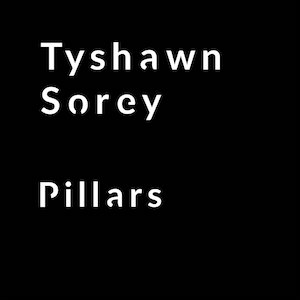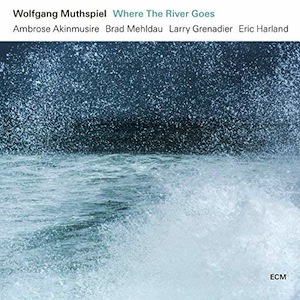Label: Tzadik, 2018
Personnel - Mary Halvorson: guitar; Bill Frisell: guitar.
Pursuing fashionable sounds, Mary Halvorson joins forces with her fellow guitarist Bill Frisell on The Maid With The Flaxen Hair, where both follow their natural stylistic impulses to interpret nine ballads associated with Johnny Smith. The idea came from saxophonist John Zorn, who opened the doors of his record label, Tzadik, to these guitar-centric duets with abundance of melody and experimentation.
Electronic seasoning confers a 21st-century presentation to timeless standards shaped with hints of folk and country, cases of the languid “Moonlight in Vermont”, which even swings a bit in its B section after a few slow dissonant bends; “In The Wee Small Hours of the Morning”, sculpted lightly with an uncompromising posture; “The Nearness of You”, limned with rhythmic staccato attacks and introductory melodic divagations to obtain a marvelously fresh sound; and “Misty”, whose unadulterated voice leading goes along with buzzing and sliding rusty drones.
Wry sounds spread throughout and sometimes the sound of the guitarists blend in such a way that it’s hard to say who’s doing what, especially when Halvorson doesn’t use that descendant pitch shifting effect that characterizes her playing. The title track, a classical prelude by Claude Debussy, exhibits echoing phrases and follows a necessary synchronization with a contemplative country-jazz propensity.
The duo pushes the envelope of the American folk idiom on both “Scarlet Ribbons For Her Hair”, a popular song, and “Shenandoah”, dated to the early 19th century.
The fanciful orchestrators end this session with Smith’s 1954 hit “Walk, Don't Run”, in which swinging jazz segments cohabit with Bach's innuendos.
This is a fun, accessible disc from two openminded sound-shapers who bring interesting ideas to songs from the past.
Grade A-
Favorite Tracks:
01 - Moonlight in Vermont ► 02 - The Maid With The Flaxen Hair ► 06 - The Nearness of You








































